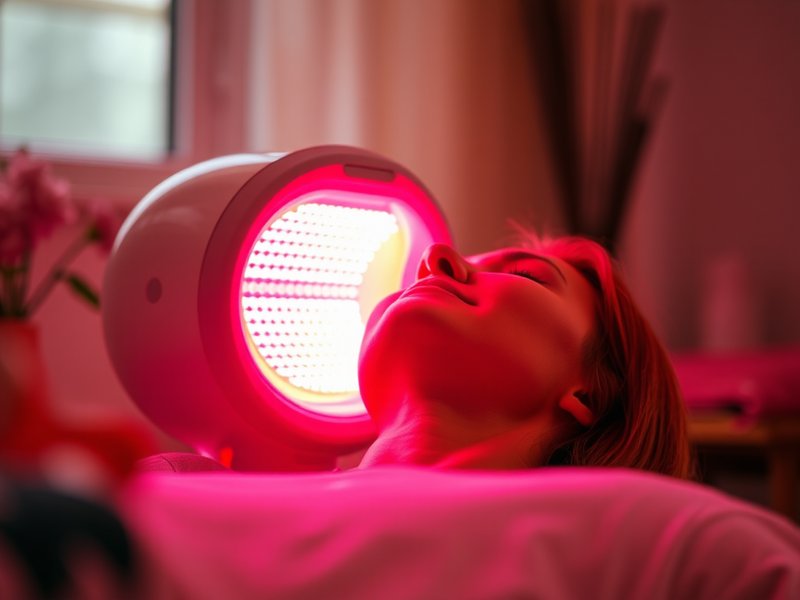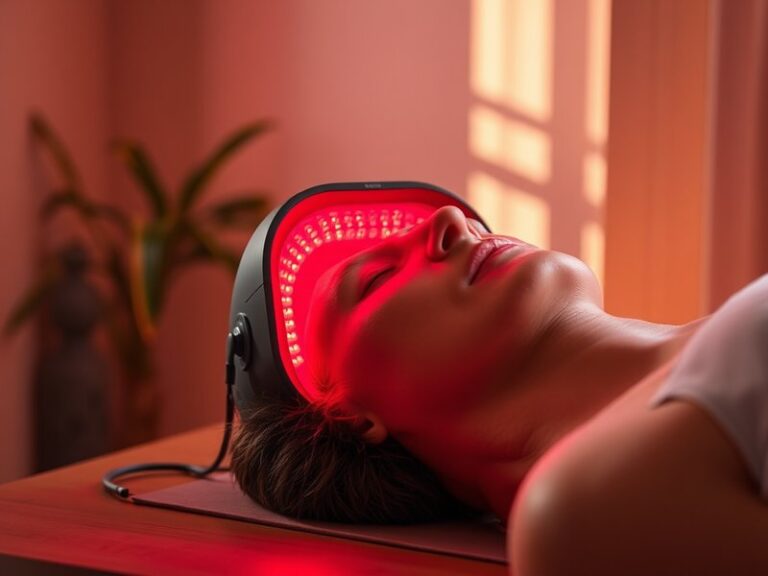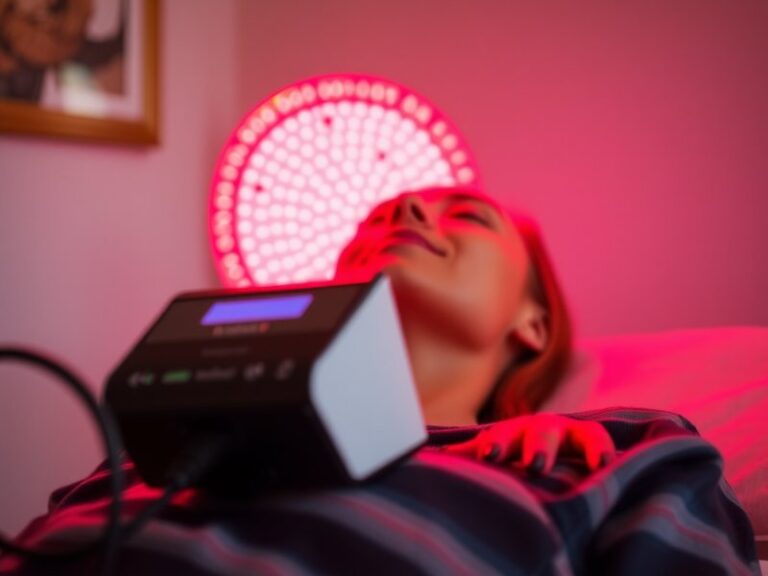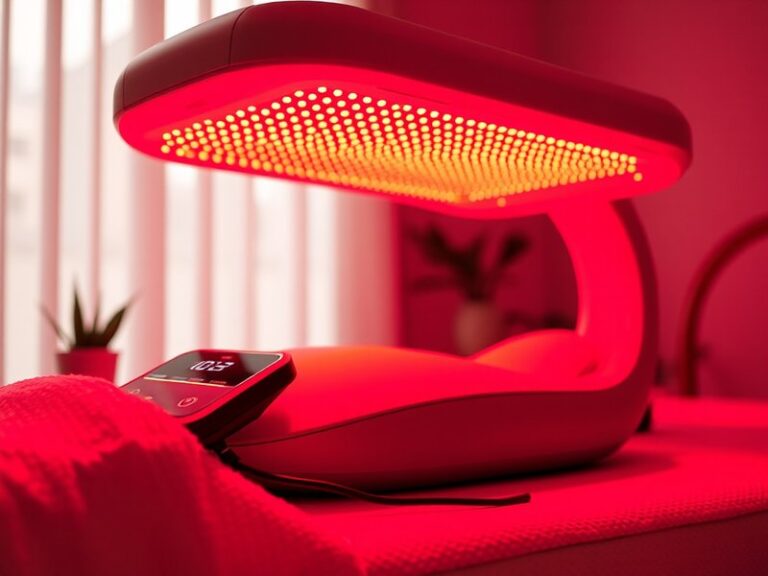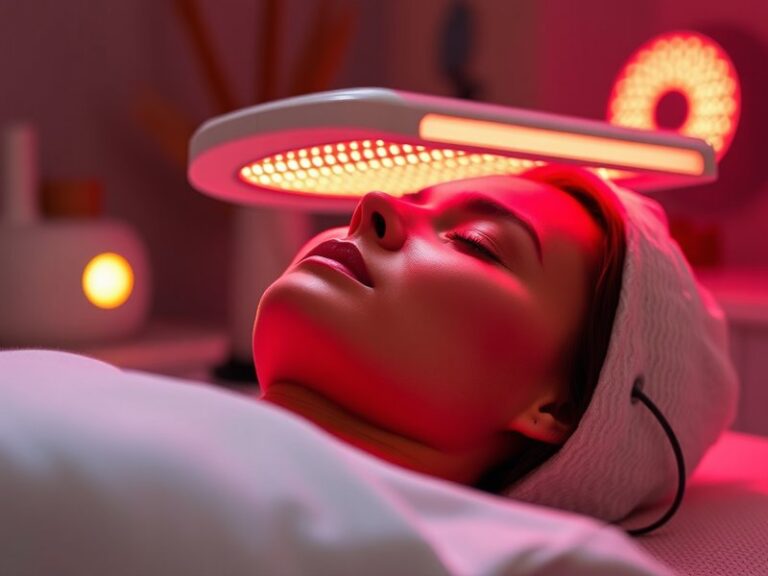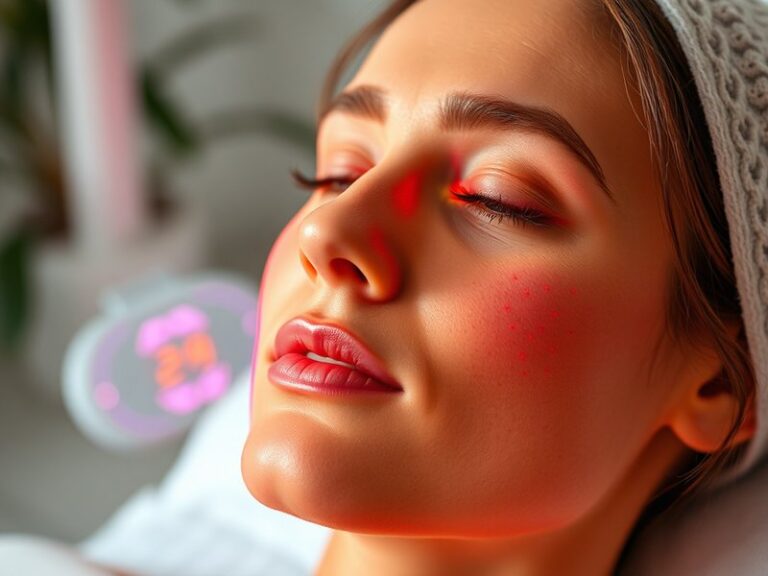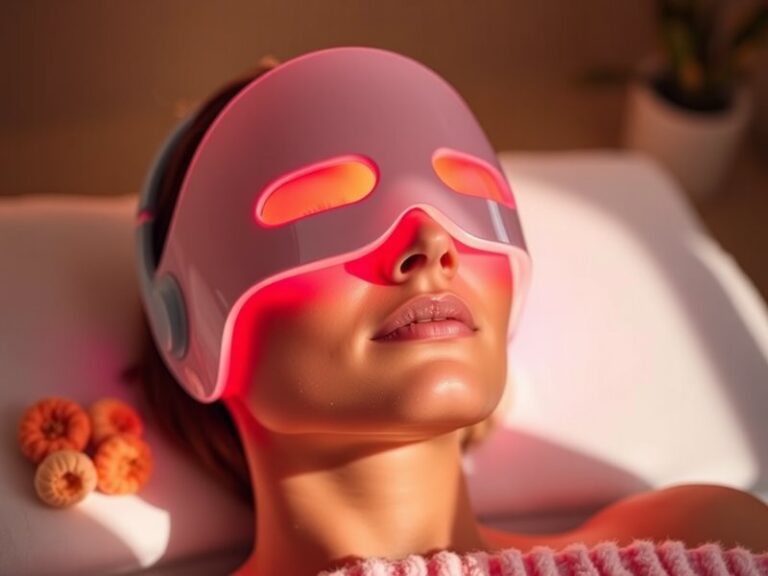Are There Any Negative Side Effects From Red Light Therapy?
Are There Any Negative Side Effects From Red Light Therapy?
Have you ever wondered about the potential downsides of red light therapy? While this treatment is being hailed for its numerous health benefits, understanding its side effects is crucial for safety and effectiveness.
Red light therapy is often marketed as a miracle solution for various ailments, from skin rejuvenation to pain management. However, like any treatment, it’s essential to examine both the benefits and potential negative side effects. This article will explore the drawbacks of red light therapy, shedding light on its practicality and what you should consider before trying it.
Key Takeaways
- Red light therapy is generally considered safe, but some individuals may experience negative side effects.
- Common side effects include skin irritation, headaches, and temporary discomfort in treated areas.
- It’s vital to consult a healthcare professional before starting red light therapy, especially for those with underlying health conditions.
What is Red Light Therapy?
Red light therapy (RLT) is a non-invasive treatment that uses low-wavelength red light to promote healing and reduce inflammation. The therapy works by penetrating the skin, stimulating cellular processes that enhance healing and regeneration.
RLT has gained popularity due to its potential applications in various fields, including dermatology, physical therapy, and aesthetic treatments. It is commonly used to treat conditions such as acne, eczema, joint pain, and even to promote hair growth. The growing accessibility of devices for personal use has made it a prominent option for those seeking alternative therapeutic methods.
What are the Benefits of Red Light Therapy?
While the focus here is on negative side effects, it’s helpful to understand the context of red light therapy’s benefits to gauge its overall safety and efficacy.
For an in-depth look, see Red Light Therapy Frequency
Skin Health Improvement
Studies have shown that red light therapy can promote collagen production, improve skin texture, and reduce signs of aging. Many users report enhanced skin appearance following regular treatments.
Find out our perspective on Can I Use a Red Bulb for Therapy?
Pain Relief
Research indicates that red light therapy can be effective in reducing pain and inflammation in conditions such as arthritis, tendonitis, and muscle injuries. This analgesic effect is one reason for its popularity among athletes and physical therapists.
Enhanced Healing
RLT may accelerate wound healing and tissue repair by increasing blood circulation and reducing inflammation. This makes it an attractive option for individuals recovering from surgery or injuries.
Mood Enhancement
Some studies suggest that red light therapy can help improve mood and alleviate symptoms of depression, likely due to its effects on circadian rhythms and melatonin production.
Is it Possible to Experience Negative Side Effects from Red Light Therapy?
Yes, while red light therapy is widely used, it can lead to unwanted side effects. It’s important to be aware that individuals may react differently to treatment based on their skin type, health conditions, and the specific devices used.
Common Negative Side Effects
Most side effects of RLT are mild but can include:
-
Skin Irritation: Some individuals may experience redness, swelling, or discomfort in the treated area, particularly if the intensity or duration is excessive.
-
Headaches: Exposure to bright light can trigger headaches in some users, especially during longer sessions.
-
Temporary Pain: Some users report a temporary increase in pain in treated areas, particularly if there is an underlying condition.
What are the Things to Consider Before Starting Red Light Therapy?
Before embarking on red light therapy, consider the following important factors to minimize potential side effects.
Skin Type and Sensitivity
Individuals with sensitive skin may react differently to RLT. It’s essential to assess your skin type and possibly consult with a dermatologist to ensure suitability.
Duration and Intensity of Treatment
Using the right duration and intensity is crucial. Beginners should start with lower intensities and shorter durations to gauge their body’s response before gradually increasing.
Existing Health Conditions
Those with certain medical conditions or taking specific medications might have increased sensitivity to light therapy. Consulting with a healthcare professional is essential to avoid adverse effects.
What are the Alternatives to Red Light Therapy?
If you are concerned about potential side effects, various alternatives may offer similar benefits without the risks associated with red light therapy.
Infrared Therapy
Similar to red light therapy, infrared therapy uses longer wavelengths to penetrate tissues and promote healing without the potential irritations associated with visible light.
Cold Laser Therapy
Also known as low-level laser therapy (LLLT), this technique utilizes low-energy laser light to stimulate healing and reduce inflammation. It may have fewer side effects compared to red light therapy.
Ultrasound Therapy
This therapeutic option uses sound waves to induce healing and reduce pain. Ultrasound therapy is frequently used in physical therapy and may be suitable for conditions similar to those treated with red light therapy.
Conclusion: Is it Recommended to Try Red Light Therapy?
In conclusion, while red light therapy can offer notable benefits for various health issues, potential negative side effects warrant careful consideration. Individuals interested in trying RLT should consult with healthcare professionals to assess their suitability and minimize risks. Understanding your body’s reaction can lead to a more effective and safe experience.
Frequently Asked Questions
What should I do if I experience side effects from red light therapy?
If you encounter side effects, it’s recommended to stop using the therapy and consult a healthcare provider to discuss your symptoms and possible alternatives.
Are there specific contraindications for red light therapy?
Yes, individuals with certain conditions, such as epilepsy or photosensitivity disorders, should avoid red light therapy. Always consult with a healthcare professional if unsure.
How long should a typical red light therapy session last?
Typically, sessions may last from 10 to 20 minutes, depending on the treatment area and device used. Starting with shorter sessions is advisable.
Can I perform red light therapy at home?
Home devices for red light therapy are available and can be effective. However, it’s crucial to follow the manufacturer’s instructions and consult a professional for guidance.
Is red light therapy safe during pregnancy?
While there is limited research on the effects of RLT during pregnancy, it’s advisable to consult a healthcare provider to determine safety based on individual circumstances.
